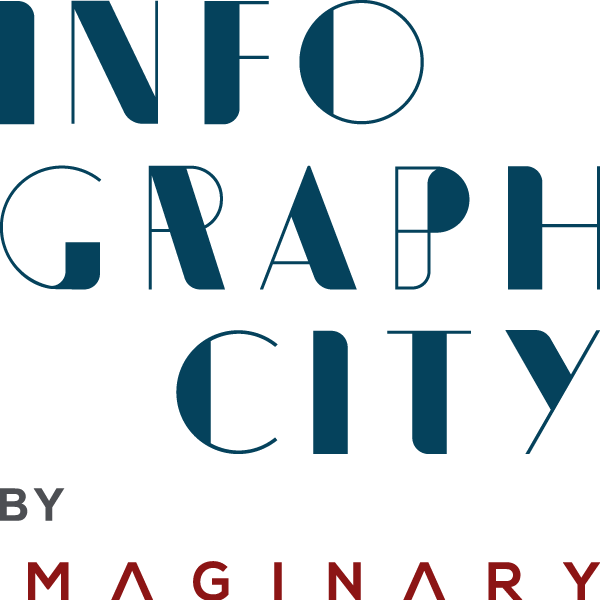The success of a presentation is measured by how much the audience remembers and values what they have just seen. If this sounds like a riddle, we are just getting started! The stakes are high when you have just 20 to 40 minutes to convince your audience, get them engaged and leave them with actionable takeaways that they will actually use. So, how do you make sure your audience stays focused and leaves encouraged to implement your ideas? Let’s explore 6 ways to get your audience’s attention in a presentation.

Be crystal clear about your objective
The first step in getting your audience’s attention is to find out what you want them to take away from your presentation. Define your objectives and make them specific. Make sure you are crystal clear about your primary objective and that you can clearly express it to your audience at the start of your presentation. Once you have identified your objectives, you can start to think about how you can best deliver on them in your presentation. You’ll also want to consider what kind of attention you want your audience to give to your presentation. For example, do you want them to be engaged, or do you want them to be motivated to act? Although these two types of attention are closely related, they can have different outcomes. Engaged audiences are typically engaged in the content and may ask questions about the presentation and its details. Motivated audiences are focused on the content, but they are also ready and willing to take action.
Tell a personal story
Human beings are wired to respond more to stories than to data, facts and figures. A story will make your life easier by engaging your audience and creating a context for your presentation. If you have interesting stories from your own career or life, you can use them to introduce your topic, provide examples or even conclude the presentation. Stories can have a powerful, lasting influence on your audience. They might recall your presentation months later and still find value in the messages you shared. Stories may even inspire them to take action on your ideas. But stories also take time to develop, and you will probably want to spend a few minutes of your presentation sharing them. This will help you avoid the fate of a data dump, and it will help your audience to engage with your ideas. If you don’t have any stories from your own life, you can draw from literature or even movies and TV shows.
Show visuals that are easy to understand
Visuals are an essential part of any presentation, and they can help to keep your audience engaged and on track. Visuals can include illustrations, graphs, data, photos, logos, or any other images or designs that help you communicate your ideas. Visuals are important because they break up the monotony of a speech and keep the audience engaged. Visuals can help to clarify your ideas, make them memorable and even provoke an emotional response from your audience. If possible, you should try to use visuals that are easy to understand and that support your main message. You don’t want to distract your audience with complicated or irrelevant images that could cause them to tune out completely.
Use simple language and jargon-free slides
Audiences appreciate straightforward and simple language. You can make your presentation more accessible by avoiding jargon and complicated words that may distract or confuse your audience. If you are using visual aids like PowerPoint slides, make sure they are relatively clear and easy to understand too. Audiences enjoy presentations that are easy to understand, so it’s important to avoid unnecessary complexity. If you have a complicated topic to discuss, it’s common to feel the urge to use complex language to show off your expertise and make an impression. Resist the urge to do this. Your presentation will be more effective if you keep things straightforward. Avoid unnecessary complexity: it will make your presentation accessible to a broader audience and make it easier to digest your ideas.
Don’t just rely on words: use movement and sound too!
Visuals and simple language are important, but they are not enough on their own. You should engage your audience through all of their senses. This means incorporating movement, sound and smell into your presentation where possible. Movement can help to reinforce your ideas and encourage your audience to take action. It can be as simple as standing up and walking to the other side of the room to grab a visual aid or move your laser pointer around the screen. If you can bring a prop into the room, even better. This can help to make your ideas more memorable and convey your passion for the topic. Sound can be another way for you to engage your audience. You can use music, sound effects or even natural sounds like a ticking clock to create a mood or emphasize your point.
Pro tip: Give the audience a sense of urgency!
The best presentations are those that result in action. Your audience should be able to walk away from your presentation with a clear understanding of what they need to do next. However, this can be challenging if you don’t know what your audience is going to do next. This is why you should try to incorporate a sense of urgency into your presentation. A presentation is a one-way conversation, so it’s up to you to grab your audience’s attention and to convince them to act. You can do this by including a call to action in your presentation. Try to give the audience a sense of urgency and tell them why they need to take action now. For example, if you are presenting your company’s quarterly goals, you can ask your audience what they are going to do with the information they just heard.

